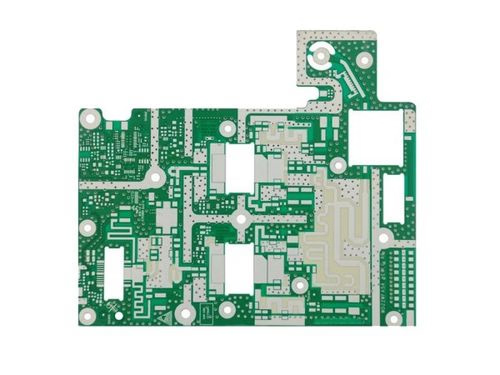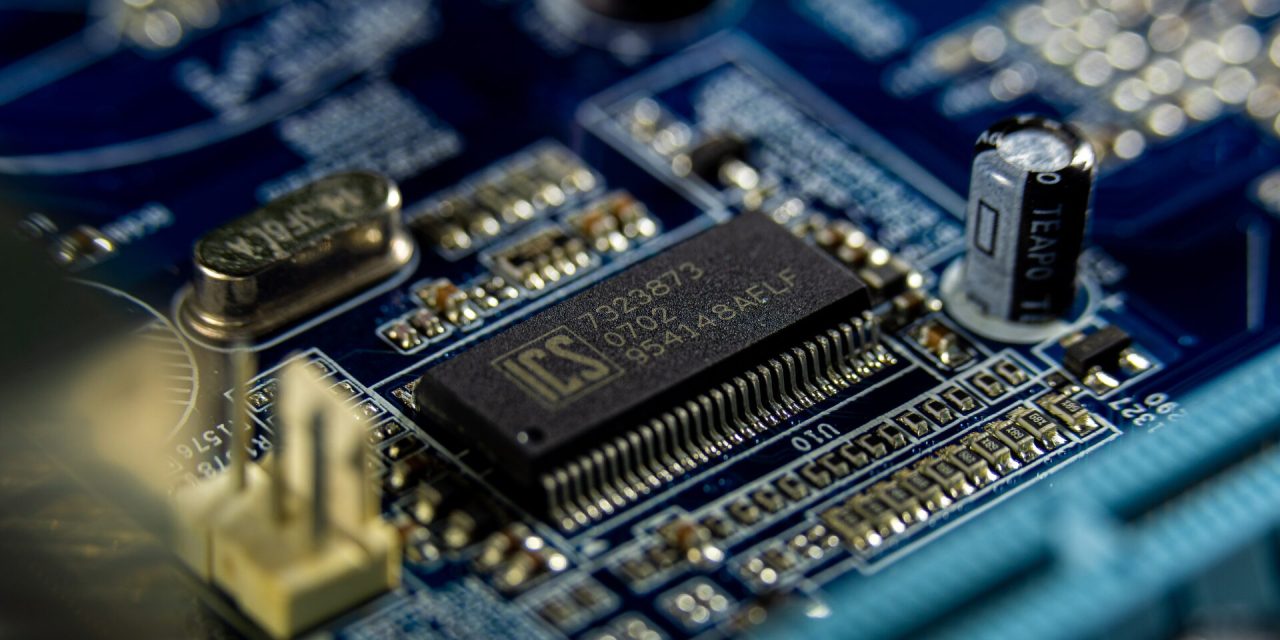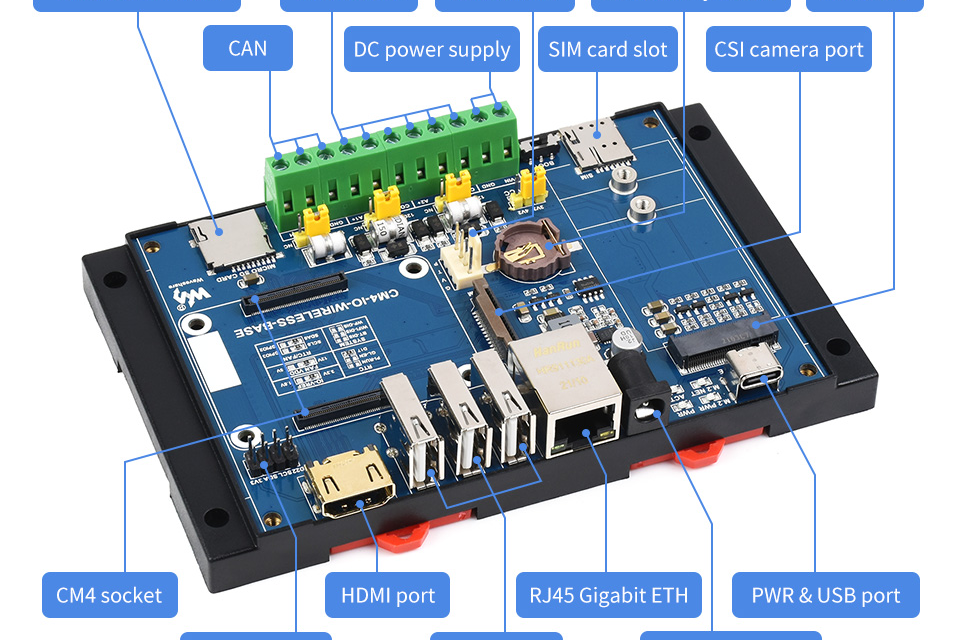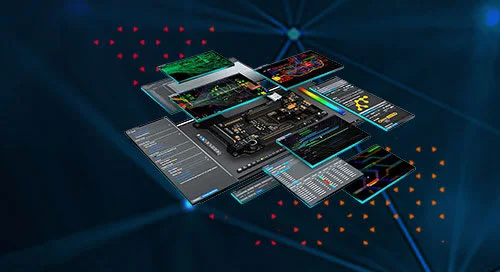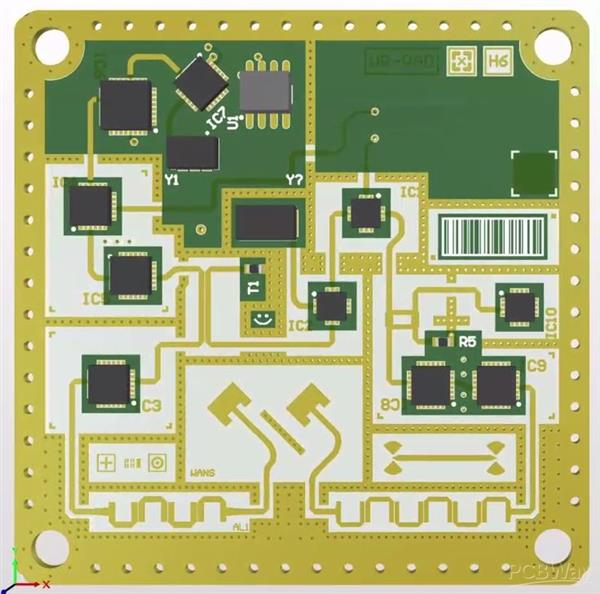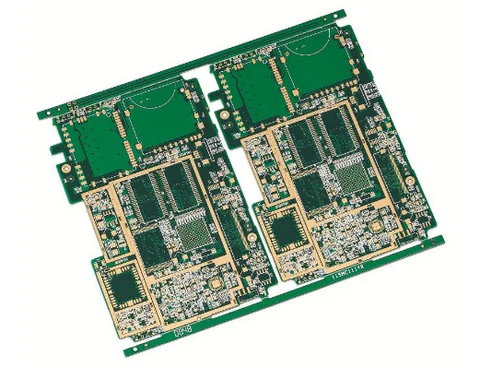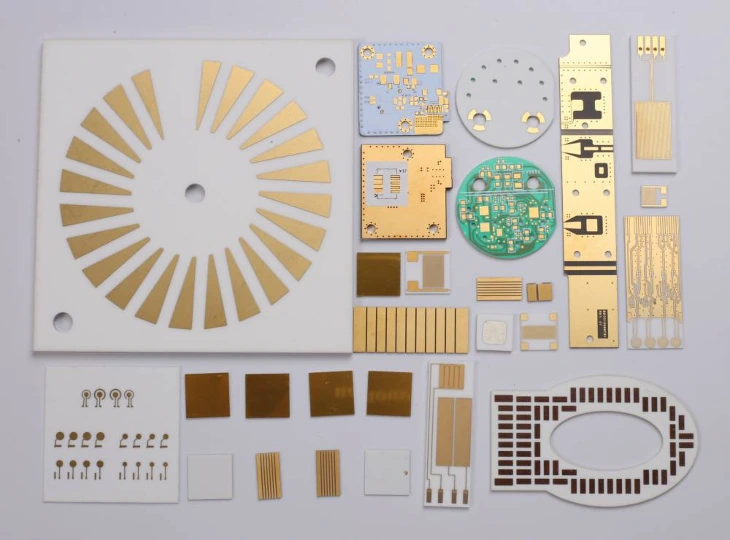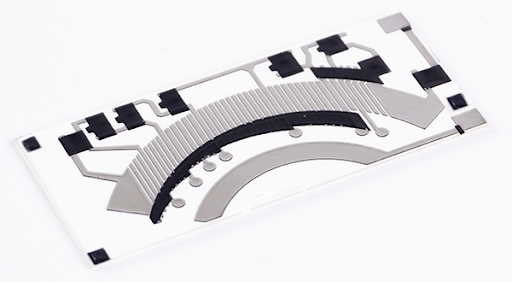5G Module PCB Solutions: Empowering Next-Generation Connectivity
Introduction In the era of hyper-connectivity, the evolution of 5G technology has brought about an unprecedented leap in wireless communication. From smartphones and IoT devices to autonomous vehicles and industrial automation, 5G enables ultra-fast data transfer, ultra-low latency, and seamless device interconnection. At the heart of this revolution lies the 5G Module PCB — the...


